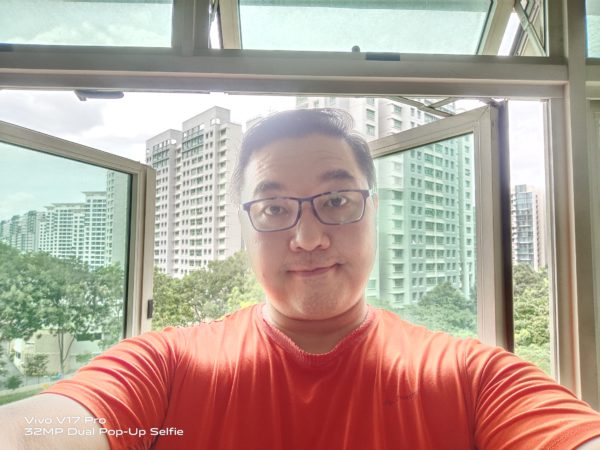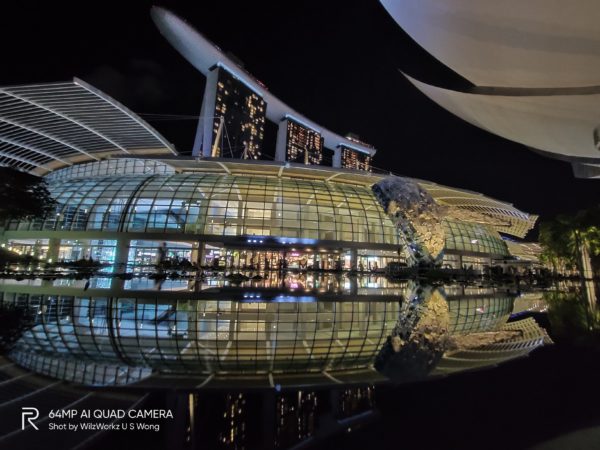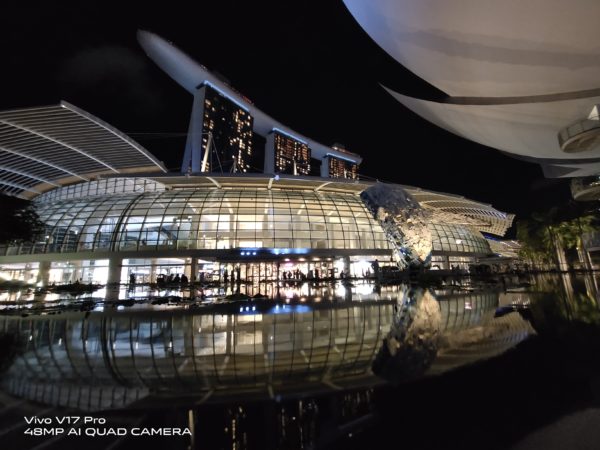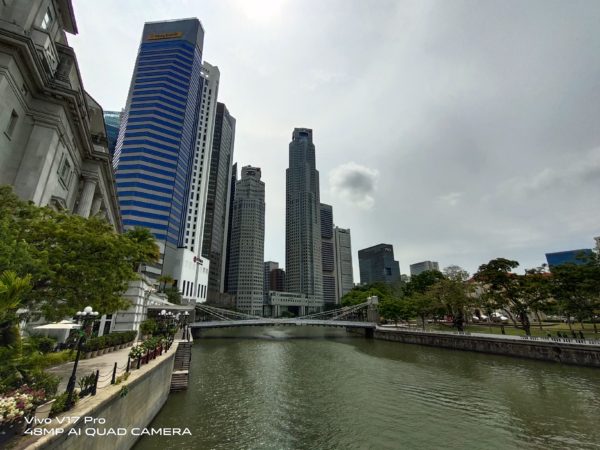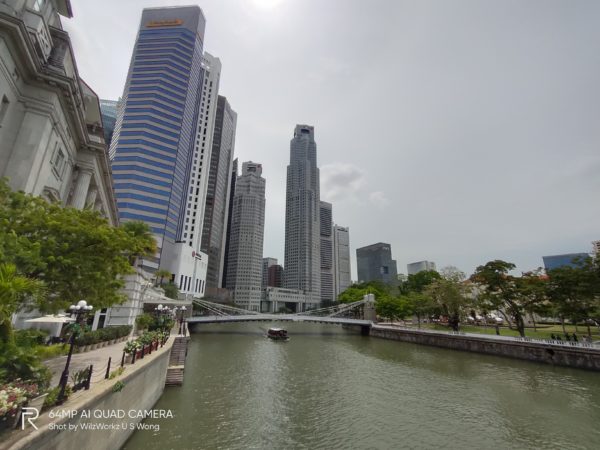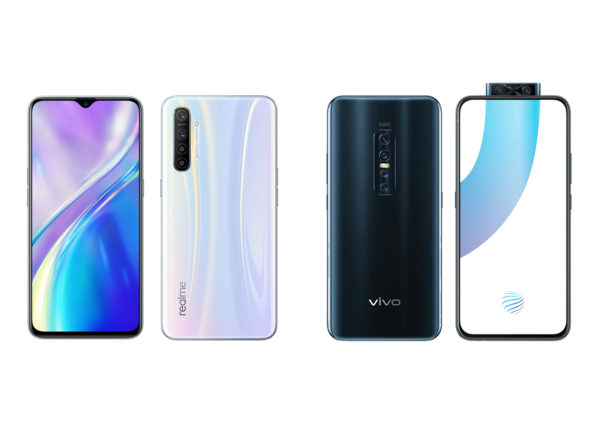
For budget-conscious smartphone users, it’s good news that many of the more affordable models today – say, under S$600 – sport many of the neat features on flagship phones costing about twice as much.
Two such budget models recently available in Singapore are the Realme XT and Vivo 17 Pro. Here’s a shootout between these two interesting options for folks looking for bang for buck.
Physical design
The phones are quite similar in size in my hand and both are clad in metal and glass. They are also well put together and do not feel cheap at all. They even have the same colour schemes with a dual-tone design.
The Vivo 17 Pro comes with a 6.44-inch screen, just 0.04-inch larger than Realme. Both Full HD screens use Super AMOLED technology and look really good for games, reading and video streaming.
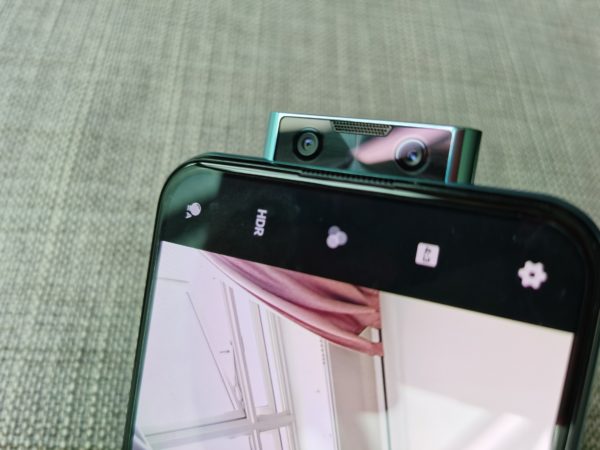
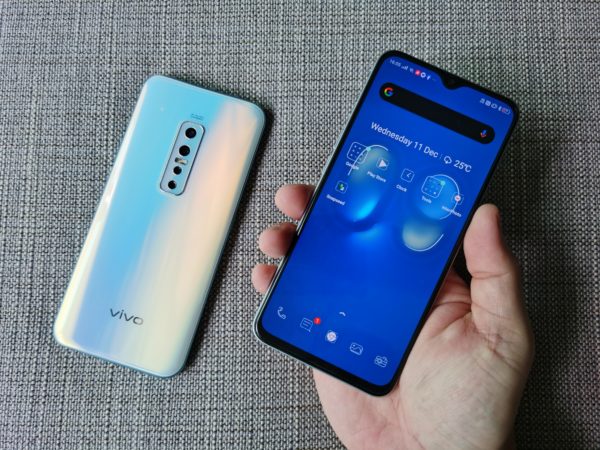
Despite the very similar displays, the Vivo phone stands out for not having a notch so you can see the full display, thanks to the pop-up front camera module. With a bit of heft at 201.8g, it also feels somewhat premium when held in the hand.
Unlike budget phones of the past, both the Vivo and Realme phones are charged via the newer USB-C ports. They come with 3.5mm headphone jack to be used with a wired headphones or earbuds.
Given that both phones are not that great with audio. no thanks to their downward-firing speakers, having the headphone jack means you don’t need to go find an expensive pair of Bluetooth earbuds.
Winner: Vivo 17 Pro
What’s under the hood
As expected at this price range, both phones do not come with the fastest chips from Qualcomm. The Vivo 17 Pro sports a slower Snapdragon 675 chip than the Realme ‘s Snapdragon 710.
Both do offer 8GB of RAM and 128GB of storage space but Realme allows users to expand their storage capacity via the use of a MicroSD card while maintaining the use of both SIM cards. This is something that Vivo has not provisioned for.
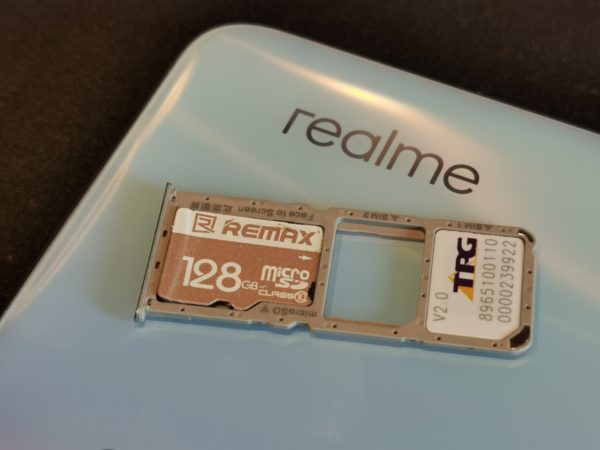
For normal usage from watching video streams to accessing Facebook and Instagram, both phones are up to the task with little or no differences in terms of lag.
Accessing the phones securely is also easy. Both phones have under-display fingerprint readers but use the face recognition security feature differently.
The Vivo 17 Pro uses face recognition as an additional authentication method on top of the fingerprint scan. Realme XT gives both options as stand-alone methods to unlock your phone.
Winner: Realme XT
Color OS versus Funtouch OS
Each manufacturer has their take on the Android user interface. Realme XT uses Oppo’s Color OS and Vivo has its own Funtouch OS. The main difference between them is in accessing the quick settings.
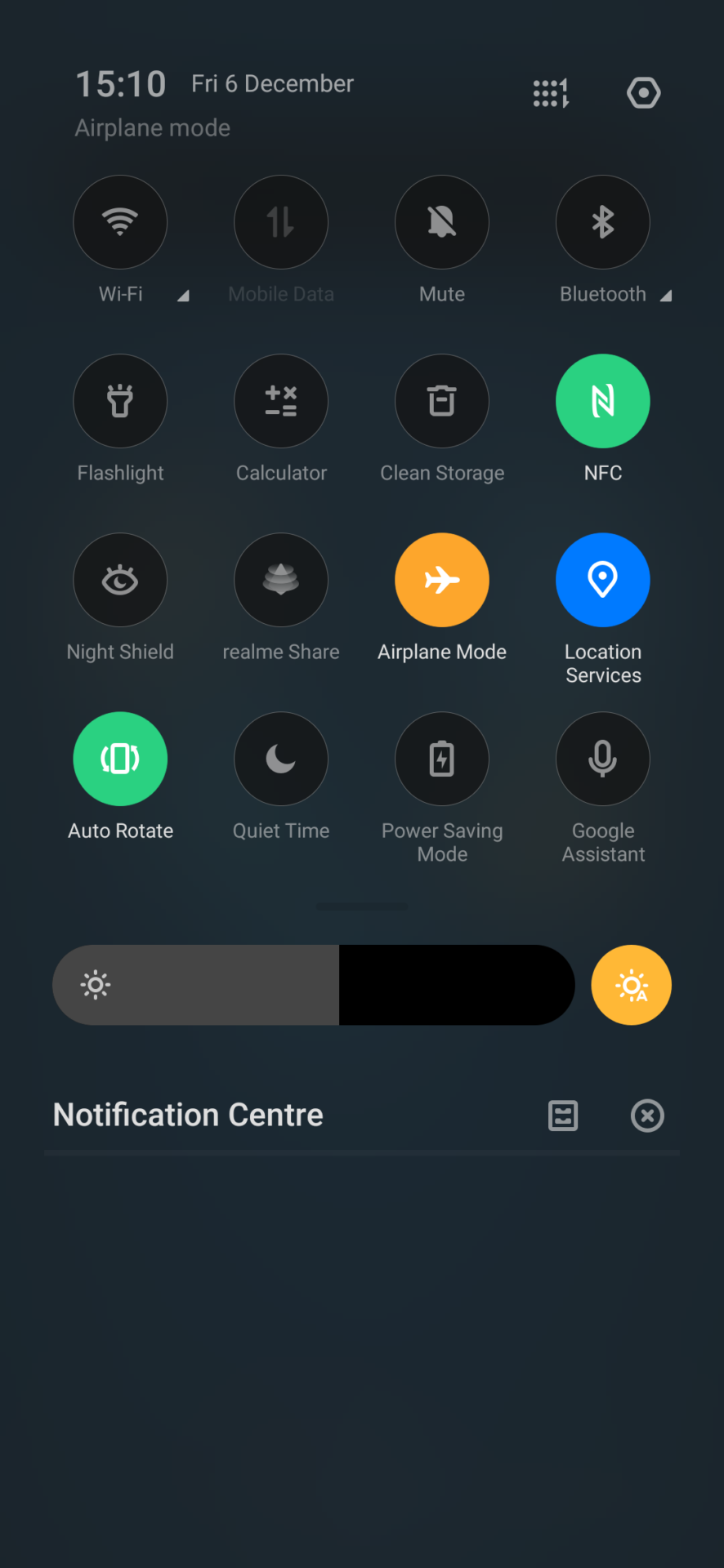
Realme XT does it by having you drag the thumb downwards from the top of the screen; Vivo makes you do so from the bottom.
Vivo’s approach is definitely better for one-handed use as it is easier for the thumb to reach the bottom of the screen instead of the top of the screen. Then again, to see the notifications with the Vivo phone, I still have to reach for the top of the screen and drag the menu down to read them.
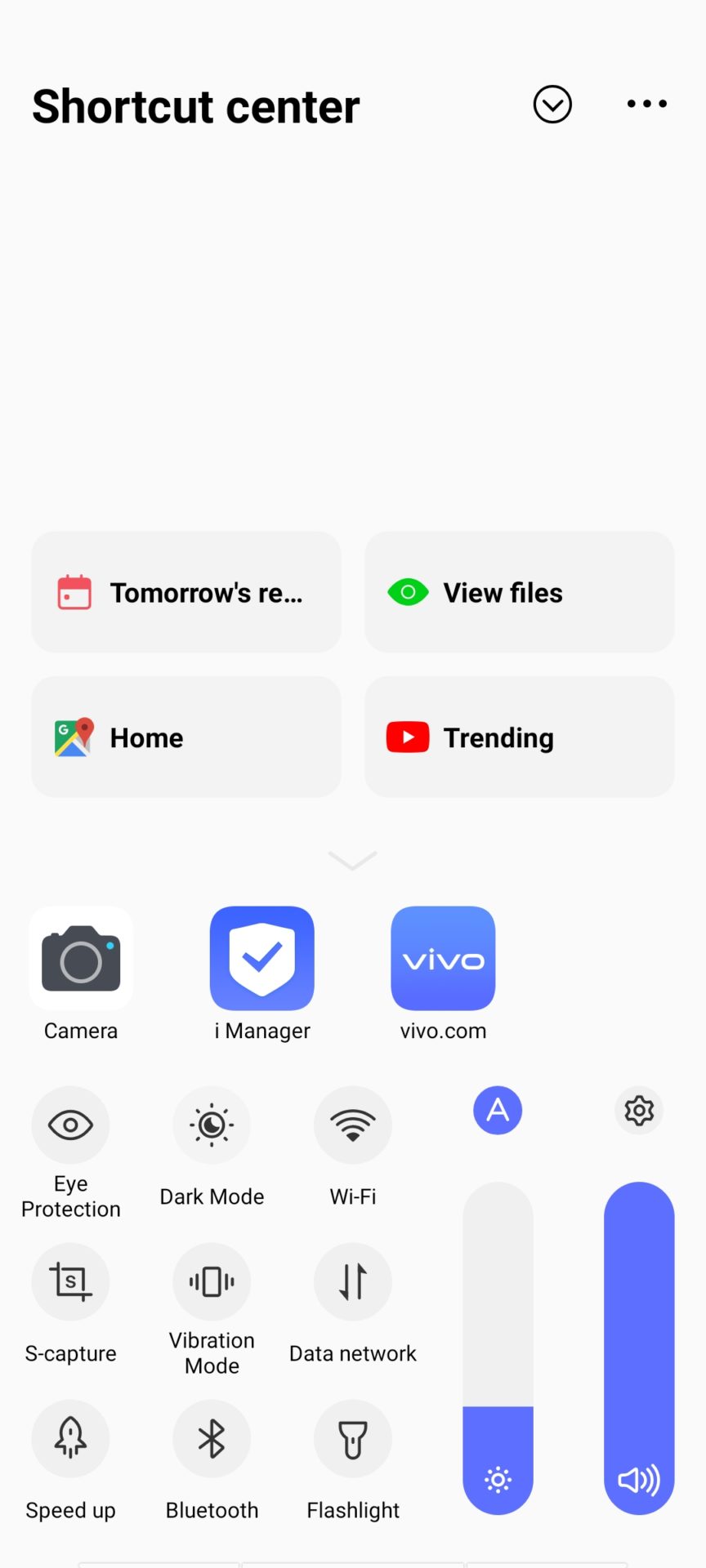
In terms of navigational gestures, both phones allow me to control the phone just by swiping my thumbs from the edges of the screen.
Swiping upwards from the bottom leads me back to the homepage and from here, I can return to the previous screen or page. This is much more intuitive than having navigational buttons at the bottom.
Winner: Vivo 17 Pro
Shooting portraits
One of my favourite modes on the smartphone is the portrait shot. With its smaller form factor and ability to create bokeh, the modern smartphone lets you shoot nice portraits these days if you know what you are doing.
The Achilles’ heel of the smartphone portrait mode is always the extraction of the subject from the background. That is why both the Realme and Vivo phones have a dedicated sensor to sense depth. Plus, good skin tones under various lighting is taken into account too.
Of the two, Realme’s rendition of skin colour shows a red overcast. Both phones don’t do a great job of extracting the subject from the background, to create a realistic image.
Winner: Vivo 17 Pro
The selfie camera
With more people using the smartphone front-facing camera for social media, it has become a very important feature on a phone. Between the two phones here, the Vivo 17 Pro gives a much wider perspective as it takes data from the main 32-megapixel sensor and the 2-megapixel sensor with an ultra-wide angle lens and combines both images.
It is able to capture details in the background that would otherwise be blown out for backlit selfie shots. That said, the Realme XT’s single 16-megapixel sensor camera givse me a more natural feel to this complex scene as compared to the artificial look of the Vivo 17 Pro.
On the whole, Vivo’s wider perspective and a better take on skin tone (it’s more natural) in good light with very limited “beautification” gets my vote.
Winner: Vivo 17 Pro
The panoramic shot
Shooting a panoramic image requires the user to sweep the smartphone from side to side while the camera continues to take multiple shots. The phone will have to merge the files together and complete an image.
Merging the images is not as easy it is seems. Even flagship models like the Huawei Mate 30 Pro still have problems putting the images together seamlessly. So, the Vivo 17 Pro and Realme XT have done real well here, merging the glare of the sunrise well with the sunbathed Singapore city skyline.
Despite the glare from the sun, the Vivo phone is still able to extract details from the facade of Marina Bay Sands. The image from the Realme XT can be edited to show the same amount of exposure but it requires more time and effort to achieve.
Winner: Vivo 17 Pro
The night shoot
Of late, there has been much improvement from all the smartphone brands when it comes to night scenes. Usually, multiple exposures of a scene are taken by the camera and merged through computational methods to form a well-exposed shot without the need for a tripod.
Good news is, the same techniques are now made available even for mid-budget phones. The image quality is very impressive for the price you are paying.
What is more of a surprise for me is how the Realme XT is able to get a bit more detail by suppressing the highlights and boosting exposure in the darker areas. My only gripe is that the scene has that mustard yellow overcast that I am not particularly fond of.
Both smartphone cameras still have that watercolour effect when looking up close as the phone struggles to control ISO artifacts from appearing. This is usually because they apply an aggressive noise reduction algorithm. So you may have to think twice if you want to print these photos out as big pictures.
Winner: Realme XT
Food photography
When shooting food, you want the images to reflect reality; otherwise they will just make the food look too artificial. A shot of barbequed meat over charcoal from Realme XT (below left) gives me a more realistic take of the scene.
The Vivo 17 Pro’s rendition is just too saturated. Most consumers will choose Vivo’s more appetizing version.
Winner: Realme XT
The macro shot
I have used a small doll to test the phones and by going close to achieve a life-sized portrait of the doll. The Realme phone again gives me more realistic colour over the warmer tones of the Vivo phone. However, the sharpness from the Vivo 17 Pro gives the image a more distinctive ‘pop’ over the Realme XT.
Winner: Vivo 17 Pro
High-resolution images
The main camera feature of both phones is the high-megapixel count. The Realme XT’s 64-megapixel sensor dwarfs the already impressive Vivo 17 Pro’s 48 megapixels.
The Realme XT is able to fully utilise the sensor, and coupled with image processing, produces a very detailed image. Here in the examples below, it shows the art installation’s plastic bottles, baskets and drums. Even the words on the crates are shown clearly!
With a night scene, the tables turn. Squeezing so many pixels into a small smartphone camera sensor results in more ISO noise for the Realme XT. But on the whole, both phones are good enough if you’re just sharing on social media or another small screen.
Winner: Realme XT
Ultra Wide-Angle Camera
Having an ultra wide-angle lens for the smartphone camera not only gives helps you to capture more of the scenery, it also helps when it comes to video capture that avoids the subject being too close to the camera.
The Vivo and Realme phones both come with 8-megapixel ultrawide-angle lenses that capture landscapes and architecture more easily than before.
Of the two, the Realme phone produces a more pleasing exposure with very good details of the buildings, while not overexposing the sky.
Winner: Realme XT
Conclusion
The S$469 Realme XT is much cheaper than the S$599 Vivo 17 Pro’s. The Realme XT will not disappoint when it comes to daily usage, say, to communicate, browse the Web and watch videos on.
What’s more, it comes with a better processor and allows you to increase storage space while having an additional SIM slot for overseas use. The same cannot be said of the Vivo 17 Pro.
If you are an avid shooter, the Vivo 17 Pro does not have an overwhelming advantage over the Realme XT when it comes to the camera system. That’s unless you would like to have a better selfie camera, which the Vivo phone does offer. However, the Realme XT gives much more bang for the buck.



